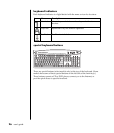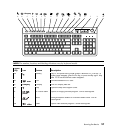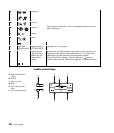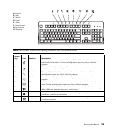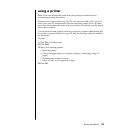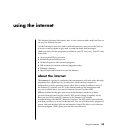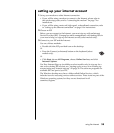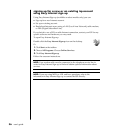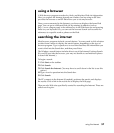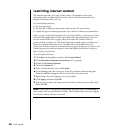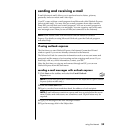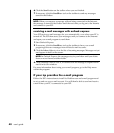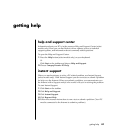
34 user’s guide
Your connection to an ISP may be through a traditional telephone dial-up
modem, a LAN (Local Area Network), cable modem, or DSL (Digital Subscriber
Line). (DSL, ADSL, and cable ISPs are not available in all countries/regions.)
The World Wide Web (WWW), also called the Web, is a public part of the
Internet used by individuals, companies, governments, and organizations. These
individuals and groups have created millions of Web pages in support of their
activities. A Web page is a file or group of files that a user can access by entering
the Web page’s file location, or URL.
The URL (Uniform Resource Locator) identifies a Web site location, typically in
the form http://www.name.extension (for example, http://www.hp.com). The
URL may include the path to a specific file within that site. Each period, or dot,
in the URL separates elements within the address. For example, you will see the
URL extension .com used by companies. When you enter the URL into your
browser address box and press the Enter key on your keyboard, the browser
contacts that location and displays the Web page for you.
Imagine you are reading a newspaper. On page 1, you may read something like
“For more details, see page 3, column 2.” You turn the page for more
information. A hyperlink on a Web page works the same way, except that you
click the mouse with your cursor over the link to move to the page or the Web
site. The way that a hyperlink links files together is what gives the Web its name,
because the Web weaves and connects idea to idea all over the world.
Your e-mail address identifies the electronic post office box where people can
send you electronic mail. E-mail addresses have the form
name@domain.extension. The domain is usually the name of the ISP or
organization. The extension usually identifies the type of organization. For
example, if your name is Jane Jones and XYZ is your ISP, your e-mail address
might be JaneJones@xyz.com, with the extension .com indicating that XYZ is a
business. For information on using e-mail, see “sending and receiving e-mail”
on page 39.



